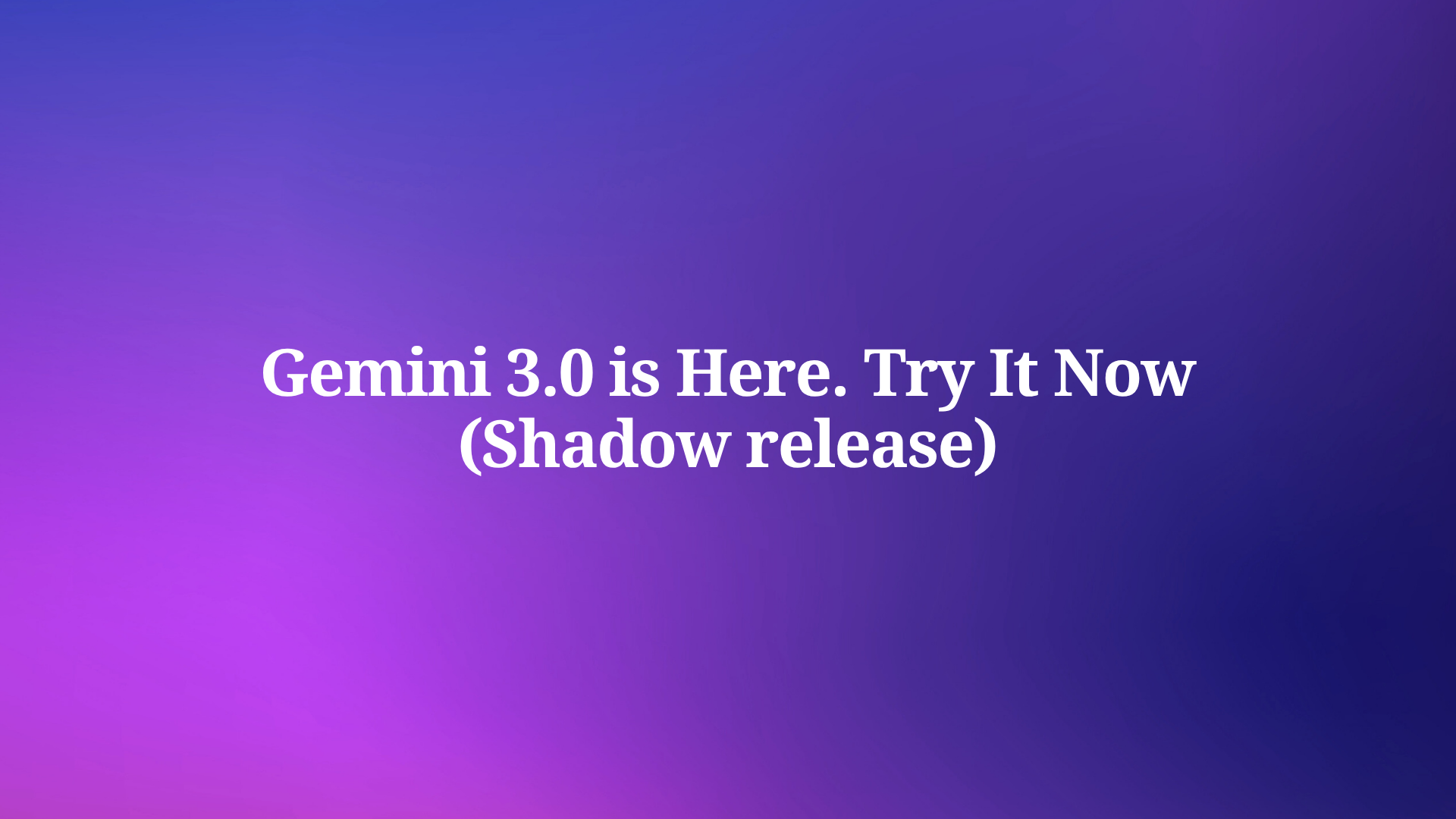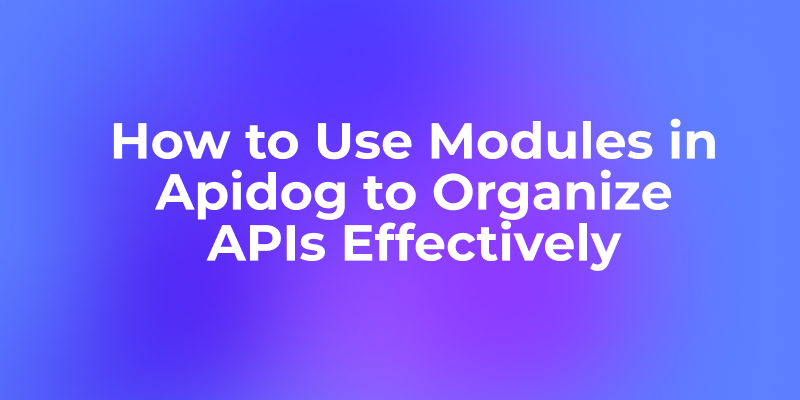Are you ready to supercharge your workflow with Claude Code and GitHub Actions? Imagine having an AI teammate that reviews pull requests, fixes bugs, or even writes new features right in your GitHub repo. Sounds like magic, right? Anthropic’s Claude Code makes this a reality by integrating seamlessly with GitHub Actions, automating tasks with a simple @claude mention. I stumbled across this gem in Anthropic’s docs and the GitHub repo, and it’s a game-changer for devs. In this tutorial, I’ll walk you through setting up Claude Code in GitHub Actions, creating a workflow to review PRs, and exploring its powers. Let’s dive in and make your repo smarter!
Why do Claude Code and GitHub Actions Rock?
Claude Code is Anthropic’s agentic coding tool that lives in your terminal or IDE, understanding your codebase like a pro. When paired with GitHub Actions, it becomes a virtual teammate that automates code reviews, implements features, and triages issues directly in your repo. It’s in beta (as of May 2025), but already shines for tasks like:
- Code Reviews: Analyzes PRs for bugs, style, and standards.
- Feature Implementation: Turns issue descriptions into working code.
- Bug Fixes: Spots and fixes errors with PRs ready to merge.
The GitHub repo anthropics/claude-code-action highlights its ability to trigger on @claude comments, making it interactive and developer-friendly. Let’s set it up!
Setting Up Claude Code for GitHub Actions
Before we automate your repo, let’s prep your environment. This is beginner-friendly, and I’ll keep it snappy!
1. Check Requirements:
- GitHub Repository: You need admin access to add secrets and apps.
- Anthropic API Key: Grab one from console.anthropic.com. Free accounts work, but paid plans (Pro/Max) offer more usage.
- System: Any OS (macOS, Linux, Windows with WSL2) with Git and a terminal.
- Claude Code CLI (optional for setup): Install via
npm install -g @anthropic-ai/claude-code.
2. Install the Claude GitHub App:
- Open your terminal and run:
claude
/install-github-app
- This guides you to install the Claude GitHub App (github.com/apps/claude) to your repo. Follow the prompts to select your repo and authorize permissions.
- If you hit a 404 error, refresh your
ghtoken:gh auth refresh -h github.com -s workflowand retry. - Note: This quickstart is for Anthropic API users. For AWS Bedrock or Google Vertex AI, see manual setup in Anthropic’s docs.
3. Add Your API Key:
- After installation, the CLI creates a PR with a workflow file (
.github/workflows/claude.yml). Before merging, add your Anthropic API key as a GitHub secret: - Go to your repo’s Settings > Secrets and variables > Actions.
- Add a secret named
ANTHROPIC_API_KEYwith your key from Anthropic’s console. - Merge the PR to activate the workflow.
I set this up in 10 minutes on a test repo—super smooth.
Note: Always use GitHub Secrets for API keys!

Creating a Claude Code Workflow in GitHub Actions
Now, let’s craft a GitHub Actions workflow to make Claude Code review PRs automatically. We’ll use the anthropics/claude-code-action from the GitHub repo.
1. Create the Workflow File:
- If the
/install-github-appdidn’t create it, manually add.github/workflows/claude.ymlin your repo:
name: Claude Code Review
on:
pull_request:
types: [opened, synchronize]
jobs:
review:
runs-on: ubuntu-latest
steps:
- name: Checkout code
uses: actions/checkout@v4
with:
fetch-depth: 0
- name: Run Claude Code Review
uses: anthropics/claude-code-action@beta
with:
anthropic_api_key: ${{ secrets.ANTHROPIC_API_KEY }}
direct_prompt: |
Review the PR changes. Focus on code quality, potential bugs, and adherence to project standards. Suggest improvements and provide a detailed explanation.
- This triggers Claude Code on new or updated PRs, reviewing code for quality and bugs.
2. Test the Workflow:
- Push a change to a branch and open a PR. Claude Code will run, posting a comment with its review (e.g., “Found a potential null pointer in
main.py. Consider adding a check…”). - I tested this on a Python repo, and Claude caught a missing type hint—spot on!
3. Customize the Trigger:
- Want manual control? Modify the workflow to trigger on comments:
on:
issue_comment:
types: [created]
jobs:
claude:
if: contains(github.event.comment.body, '@claude')
runs-on: ubuntu-latest
steps:
- uses: actions/checkout@v4
- uses: anthropics/claude-code-action@beta
with:
anthropic_api_key: ${{ secrets.ANTHROPIC_API_KEY }}
- Now, comment
@claude review this PRto trigger it.
Using Claude Code for Advanced Tasks
Claude Code in GitHub Actions isn’t just for reviews—it can implement features or fix bugs. Here’s how to level up:
1. Implement a Feature:
- Create an issue: “Add user authentication to the login endpoint.”
- Comment:
@claude implement this feature based on the issue description. - Claude analyzes the issue, writes code, and creates a PR. I tried this for a REST API, and it added a basic JWT auth setup—impressive
2. Fix a Bug:
- In an issue, describe the bug: “TypeError in
dashboard.js.” - Comment:
@claude fix the TypeError in the user dashboard component. - Claude locates the issue, pushes a fix, and opens a PR.
3. Add Project Standards:
- Create a
CLAUDE.mdfile in your repo root to define coding standards (e.g., “Use PEP 8 for Python”). Claude respects these guidelines during reviews and implementations.
Sample implementation:
1. First, a user leaves a comment tagging @Claude, asking it to address feedback, which triggers Claude's automated response via GitHub Actions.

2. Then Claude responds automatically to the comment, performs the requested actions (e.g., API error handling, de-duplication), and provides a checklist of completed tasks.

3. Finally, a reviewer (e.g. frontend engineer) approves the changes made by Claude, the pull request is successfully merged and closed, indicating Claude’s changes passed review.

Exploring Claude Code’s GitHub Actions Features
Want to push Claude Code further? Here are some cool tricks:
- Image Analysis: Upload a screenshot in a comment (e.g.,
@claude fix this UI bug [screenshot]), and Claude analyzes it to suggest fixes. Great for visual bugs - Custom Tools: Enable tools like
Bash(git:*),GlobTool, or MCP (Model Control Protocol) servers for advanced tasks (e.g., fetching data). See the GitHub repo for examples. - Faster Runners: Use Depot runners (
runs-on: depot-ubuntu-latest) for faster, cheaper execution compared to GitHub’s default runners. - SDK Integration: Build custom workflows with the Claude Code SDK for tasks beyond GitHub Actions.
I experimented with image analysis for a CSS bug, and Claude nailed the fix—mind-blowing!
Wrapping Up: Master Claude Code with GitHub Actions
Good job! You’ve just unlocked Claude Code in GitHub Actions to automate code reviews, implement features, and squash bugs! From installing the GitHub App to crafting workflows, you’re now set to make your repo a productivity powerhouse. Try adding MCP tools, tweaking CLAUDE.md, or documenting your APIs with APIdog. Share your Claude Code wins on X or Reddit—I’m excited to see your PRs glow! Happy coding!



